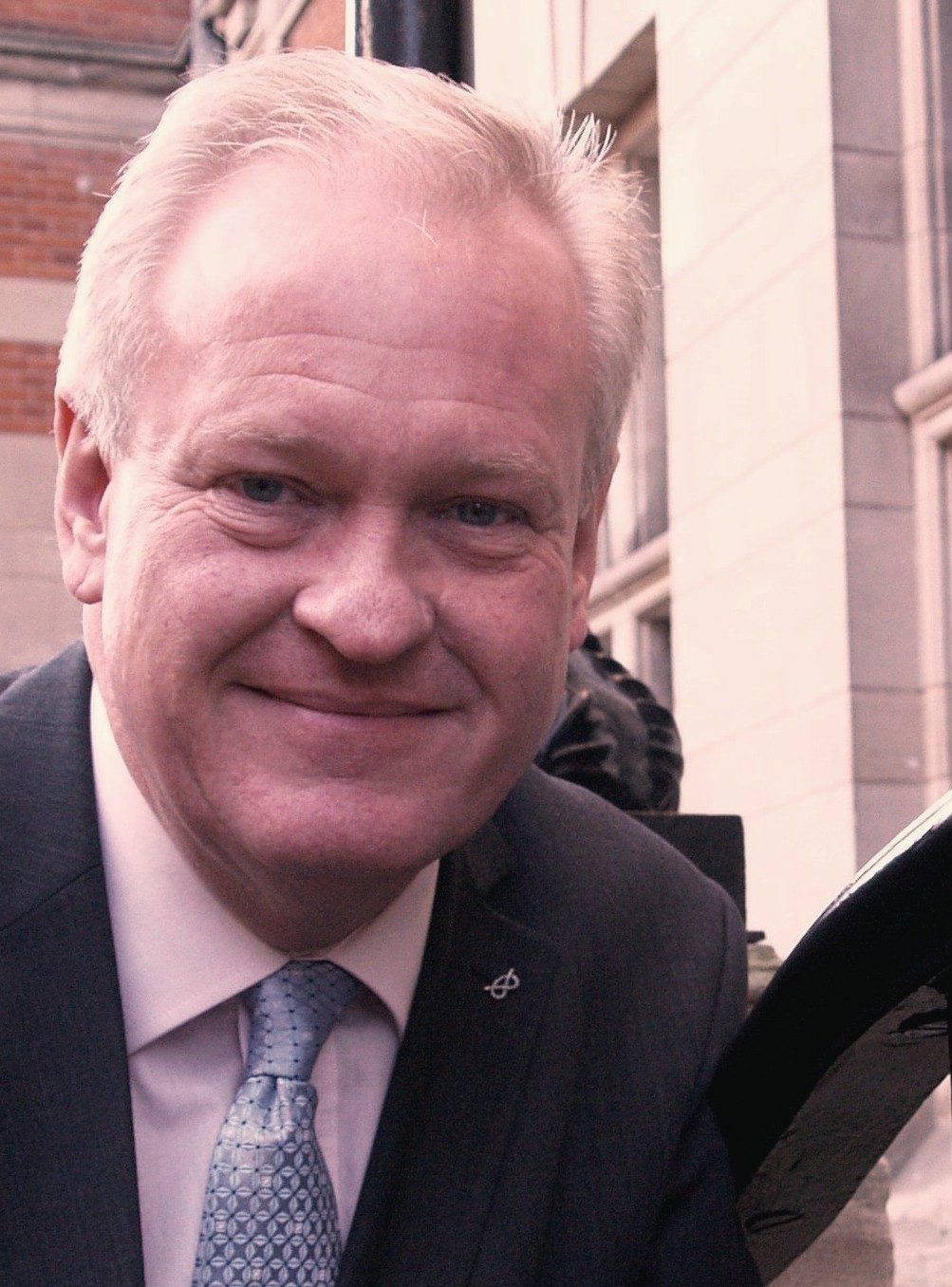Scrutiny as a friend to chaos
Is there a role for scrutiny when a council faces big and scary challenges? Does scrutiny step forward or slip back when the task becomes complex and risky?
CfGS argue that there is no place for ‘shy scrutiny’.
There has never been a topsy-turvier time in local government. Finances continue to decline, the pressures get bigger and the suitability of council structures is under question.
Unitarisation is either at the talking phase or else being implemented in two-tier areas, with places like Northamptonshire, where a unitary structure is proposed as an affordability solution. Other models abound: Combined Authorities, Devolved ‘Powers’, Elected Mayors etc. Elsewhere every council is now operating in a more collaborative, integrated and outsourced environment.
The complexity and severity of pressures on all councils at all levels is a bewildering kaleidoscope of risk and resilience. In some cases it’s also an interesting opportunity as the incentive to innovate drives councils to find new solutions to more problems and to do it with less money.
Over the last year we at CfGS can reflect on the councils we have worked with, some of whom were and still are facing deep challenges and some which were coping with change or transformation issues. We saw wide variations in the engagement and contribution that scrutiny made in these cases.
Where scrutiny knew its role, set out clear objectives and organised to provide constructive examination and challenge, the council was stronger for it. Better decisions through the shaping mechanism of constructive feedback and recommendation was the outcome. Absent was the rubber-stamping, the benign information sharing and lack of objectivity. In these cases, those responsible for decisions or policies were properly held to account. Scrutiny prioritised its work and aligned well to the council plans.
In contrast there were those councils where scrutiny had either become an interested bystander or were simply lost. As the council’s executive councillors grappled with manging change at pace, reacting to the latest challenge or budget shortfall, their scrutiny colleagues appeared to be operating in a different universe. They were either, unaware or incapable of getting stuck in. Even worse – their cabinet colleagues could not recognise the value effective scrutiny can provide and support them with.
In councils dealing with risk, challenge and transformation, good scrutiny must be a key component. Not just the essential check and balance, but the insight, ideas-testing and crowd-wisdom that a scrutiny committee with purpose can offer.
But just as some scrutiny committees might sit back and immerse in the familiar and routine, oblivious to the action as the council drives through its change agenda. There are also those councils that somehow keep scrutiny in a box. Over time they become less and less effective, with fewer resources, development and support. Their work-programmes look tired and their members disinterested. But over-time that is what also can happen to the council. Tough times need tougher scrutiny.
At a time when councils are working at 90 miles an hour, we can’t expect scrutiny to be operating in the slow lane.
What can be done and who can do it? There is little point in assuming new scrutiny guidelines, expected in the new year, will on their own make weak scrutiny strong. Scrutiny is a whole council function, which needs to support and design.
Where scrutiny is does not engage and withdraws from the complex risky issues, the dangers are likely to be worse, not better.





